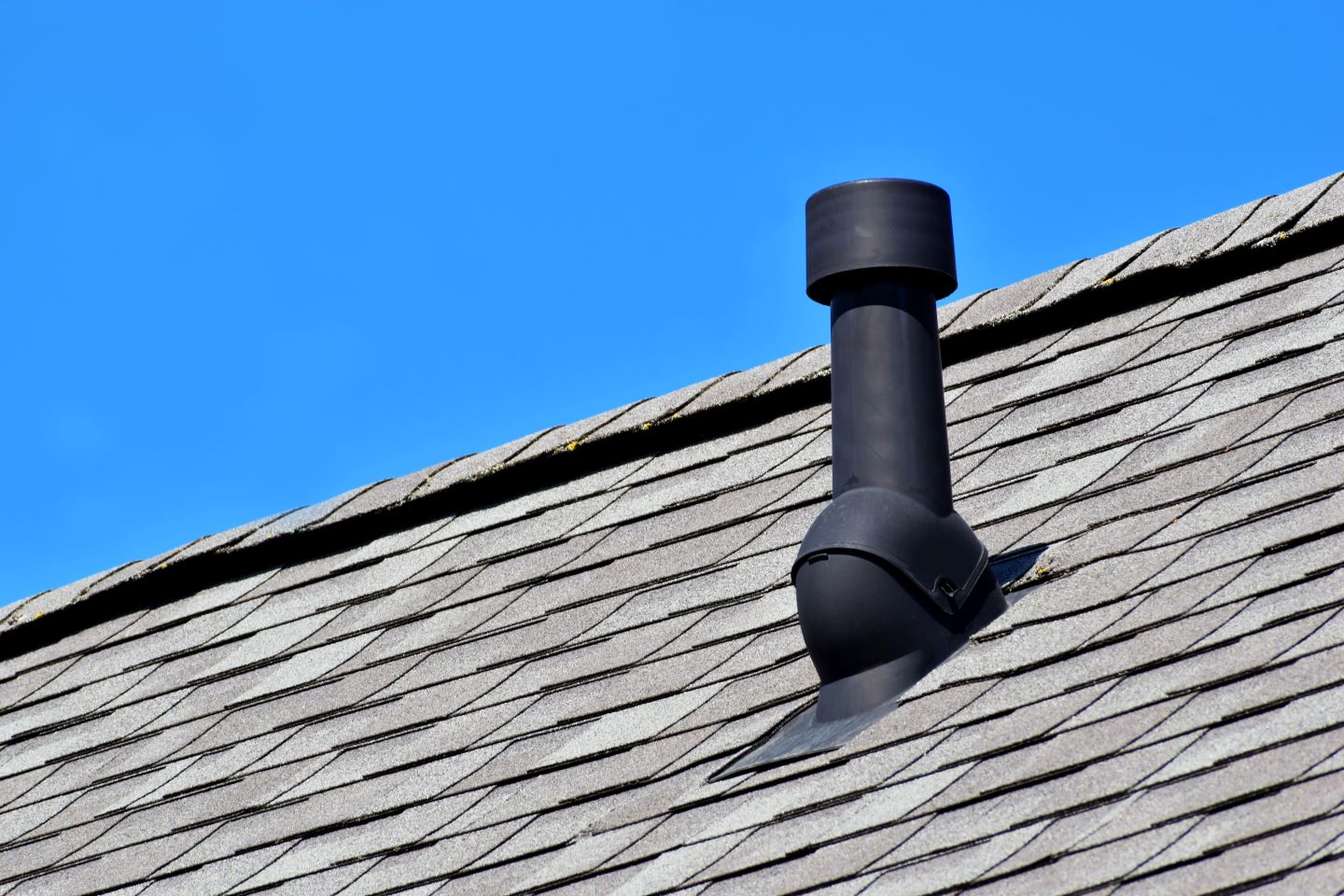Moisture is undoubtedly one of the greatest threats to any home or building. High humidity levels can cause mold and mildew to appear on walls or cabinets, which can be harmful to your health. The wear or decomposition of wood or other building materials can affect a building’s proper functioning.
In previous articles, we have talked about the leaks and water that can occur from the outside to the inside of a roof when it does not have an adequate waterproofing system or when there are failures. Still, these are not the only sources of humidity that a roof can have; in today’s article, we want to talk to you about another source of moisture in roofs: Condensation, which can significantly affect a roof and can be avoided or solved by a proper and adequate ventilation system.
Condensation occurs mainly because the laws of physics dictate that hot air always rises. As this hot air rises, it carries moisture, inevitably ending up in the roof space. Since the roof is usually cold, the temperature difference causes condensation on the surface or drip into the building. To prevent this, the roof and the building must be effectively ventilated so that moisture can easily escape and condensation does not occur.
Hot air humidity is produced by several factors and daily activities in any building, such as taking hot showers, cooking, and using a clothes dryer or hair dryer. There is also the climatic factor. There are places whose humidity percentages in the environment are really high, and in these cases, adequate ventilation of the ceilings will be very necessary to avoid condensation.
Current building codes are another factor influencing the issue of moisture in roofs. For some years now, there have been regulations that require builders to insulate their buildings to help save energy and make them more airtight. Using thick layers of insulation and airtight seals on doors and windows is an ideal solution for keeping warm in winter and using less energy to heat the house. Still, the problem is that it also retains moisture by not allowing it to flow correctly. The key is to find the right balance between keeping heat in and letting moisture out, and proper roof ventilation can help.
Depending on the type of roof, such as pitched, flat, cool, or warm, the methods for ventilating attic spaces will vary. In general, there are three main types of roof ventilation systems:
– Soffit vents: This roof vent is installed in the soffit, which is the bottom of the roof overhang. Vents allow hot attic air to escape through small openings around the roof’s edges.
– Ridge Vents: Unlike soffit vents, ridge vents are installed at the top of a pitched roof. They allow air to flow in and out of the attic, helping to lower the overall temperature. This type of vent is common in shingled homes because it is relatively easy to install.
– Gable vents: Gable vents are installed in the wall at the end of the roof and provide a larger opening for airflow than soffit or ridge vents. While they help with ventilation, gable vents are less effective than other types because they only allow air to flow in one direction.
Conclusion:
Having an adequate roofing ventilation system is essential to consider because:
.- A well-ventilated roof helps to maintain constant temperatures, which helps to extend the life of roofing materials by preventing premature wear.
.- Proper ventilation reduces heat buildup in the roof area during hot weather, reducing your home’s cooling costs. The uniform roof temperature in winter helps prevent ice dam formation, reducing heating energy costs.
.- An efficient ventilation system promotes air circulation. It prevents condensation and protects the building from mold growth, wood rot, and other moisture-related problems.
An effective ventilation system is a necessary complement to support the work of your waterproofing system.
At EDIL, we always recommend hiring specialized roofing contractors. They can guide you in all aspects related to its management and maintenance. If you have any questions or need advice, please call us.


